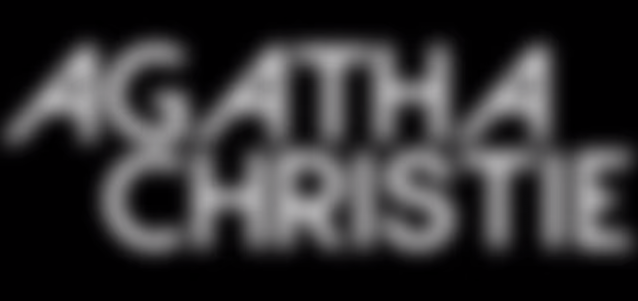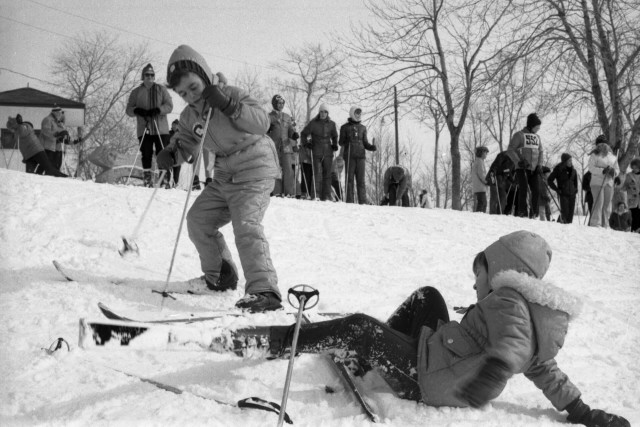Previous exhibition
December 8th, 2015 — April 17th, 2016
Investigating Agatha Christie
This original exhibition is focusing on an exceptional woman whose unusual life and compelling novels left their mark on international literature. The exhibition looks at Christie through her work, her imagination and her world, including archaeology. It is one of the major international events being held to mark the 125th anniversary of the famous novelist’s birth on September 15, 1890.
A world exclusive produced by Pointe-à-Callière, the Montréal exhibition features a total of some 320 items from such world-renowned institutions as the British Museum, in London, the Metropolitan Museum of Art, in New York, and the Royal Ontario Museum, in Toronto.
It also includes a number of Christie’s own belongings, still in her family’s possession, thanks to the close collaboration of Mathew Prichard, her grandson and trustee of the Christie Archive Trust, and John Mallowan, the nephew of her husband Max. The National Trust, which manages Greenway House, one of Agatha’s houses that today is a historic site, also co-operated with Pointe-à-Callière.
Queen of Crime
Agatha Christie penned 66 mysteries, 6 novels under the name Mary Westmacott, 150 short stories, 18 plays and 2 memoirs. She is the world’s most-translated author, far surpassing Jules Verne: her writing has been translated into over 100 languages and 2 billion copies have been sold – exceeded only by the Bible and the works of Shakespeare. Dubbed the Queen of Crime, she created such unforgettable characters as detectives Hercule Poirot and Miss Marple, and her colossal body of work has inspired numerous films and television series.
An exceptional woman for her time
The Museum’s goal with this exhibition is to introduce visitors to a new side of Agatha Christie: an imaginative woman with many interests, an avid traveller and explorer, very open to other cultures.
The exhibition is chronological, from Agatha Mary Clarissa Miller’s birth in Torquay, Devon, on September 15, 1890, to her death at her home in Wallingford, near Oxford, in January 1976. Christie herself accompanies visitors along the tour route, illustrated by some of her personal effects and memories recounted in her own voice, thanks to archival recordings made available to Pointe-à-Callière. They are also invited inside her different homes, including Ashfield, Winterbrook and Greenway House, her vacation villa, and on board the Orient Express, the famous train that she herself rode and used as the setting for one of her most memorable mysteries, Murder on the Orient Express.
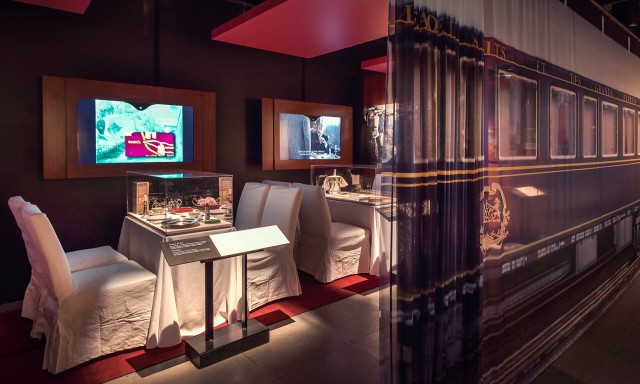
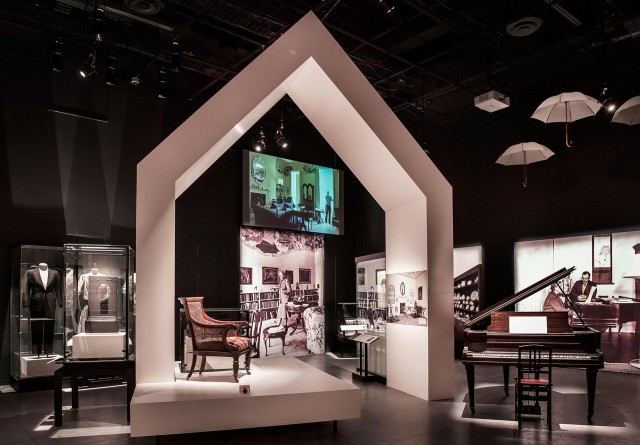
A passion for archaeology
Few people are aware that the life and work of this imaginative and adventurous woman were intimately bound up with archaeology.
It played an important part in her personal and professional life, since she was married to Sir Max Edgar Lucien Mallowan, a famous archaeologist. Between 1930 and 1960, she witnessed some major finds at ancient Mesopotamian sites in what is now Syria and Iraq, the birthplace of writing, agriculture and other innovations. And she was no passive spectator: in addition to underwriting some of her husband’s digs, she cleaned, classified and documented the work in the photos and films visitors can see in the exhibition. Some of the artifacts handled by Agatha, from dig sites managed by Max Mallowan or archaeological sites she herself visited in Egypt and the Middle East, are on display.
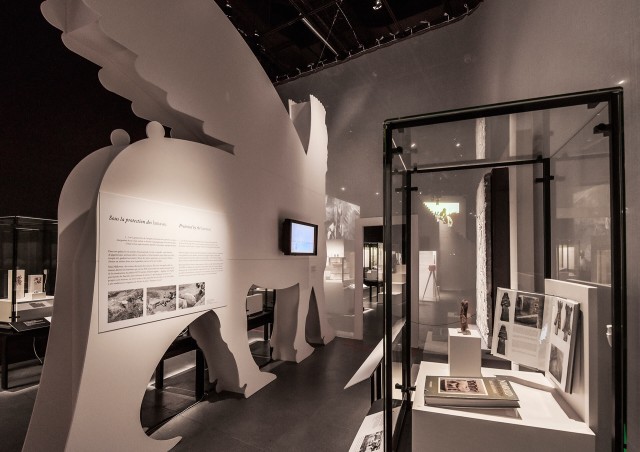
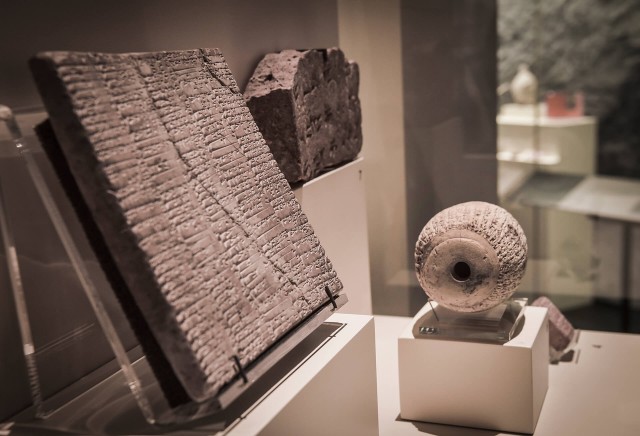
Showpiece items
The exhibition presents a number of the author’s personal effects, along with artifacts from Mesopotamia and Egypt. Some of them, like the notebooks revealed in 2010 and analyzed by world-renowned expert John Curran, have never been exhibited before.
The exhibition also showcases many first editions, books dedicated by her to friends and relatives, some of her dresses, a coat and her tea service. Her grandson, Mathew Prichard, gave the Museum access to his private collection, allowing us to display her famous 1937 Remington typewriter, her Dictaphone, and evocative items like the chair in which she sat to have her portrait painted, letters, manuscripts, first editions of her books and more.
John Mallowan, her husband’s nephew, kindly lent us a camera used by Agatha, along with various slides, images and photos taken by her on archaeological dig sites during her travels in Mesopotamia with Max Mallowan. The British Museum loaned us a number of priceless archaeological items, some of them unearthed at digs led by her husband, where she was also present. A relief representing a sacred tree and a winged genie, engraved in the stone wall of the Assyrian palace at Nimrud, ivories, a headdress and necklaces of gold and lapis lazuli, along with other treasures from Ur, and a calcite vase, an alabaster statue, stone “eye idol” figurines and tablets with cuneiform characters, are all on loan from the prestigious British institution.
The Metropolitan Museum of Art, for its part, loaned us a relief of Nefertiti and Akhnaton, a bust of Akhnaton and several cuneiform tablets, while the Royal Ontario Museum provided ivories, a relief representing Assyrian archers, and numerous cylinder scrolls, vases and cuneiform tablets.
The Museum also welcomes visitors aboard representations of two coaches from the famous Orient Express, where they can admire such artifacts as a decorative panel by the famed glass artist René Lalique, along with lamps, a conductor’s uniform and original tableware. Thanks to a private collector, Michel Cozic, we have been able to bring Agatha’s passion for the Orient Express to Montréal.
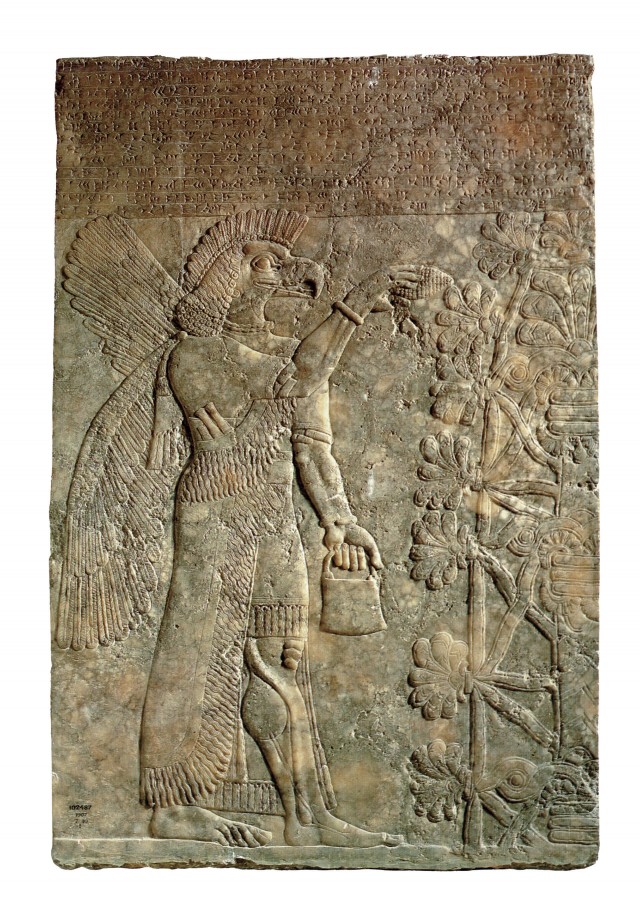
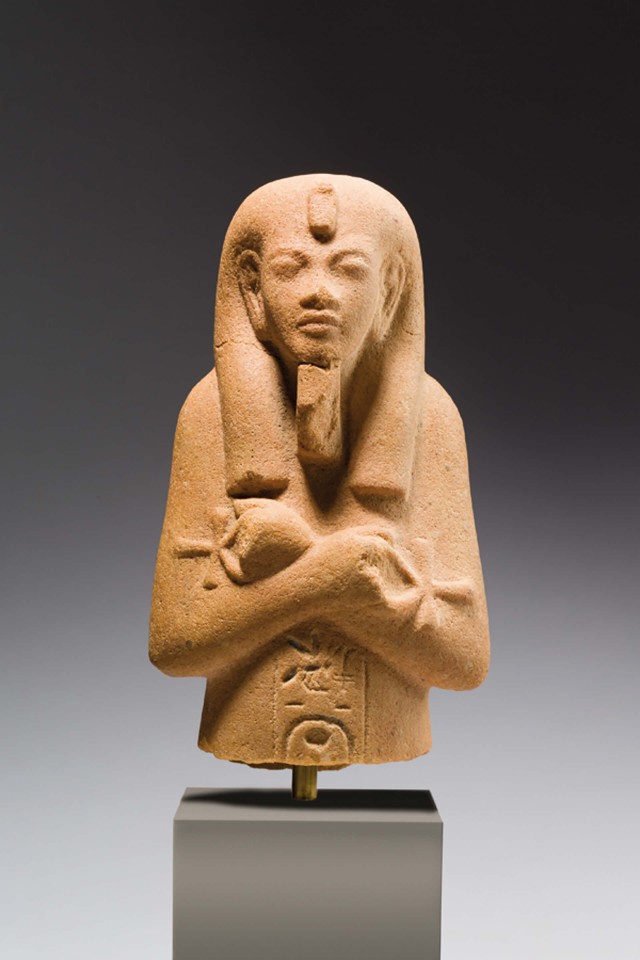
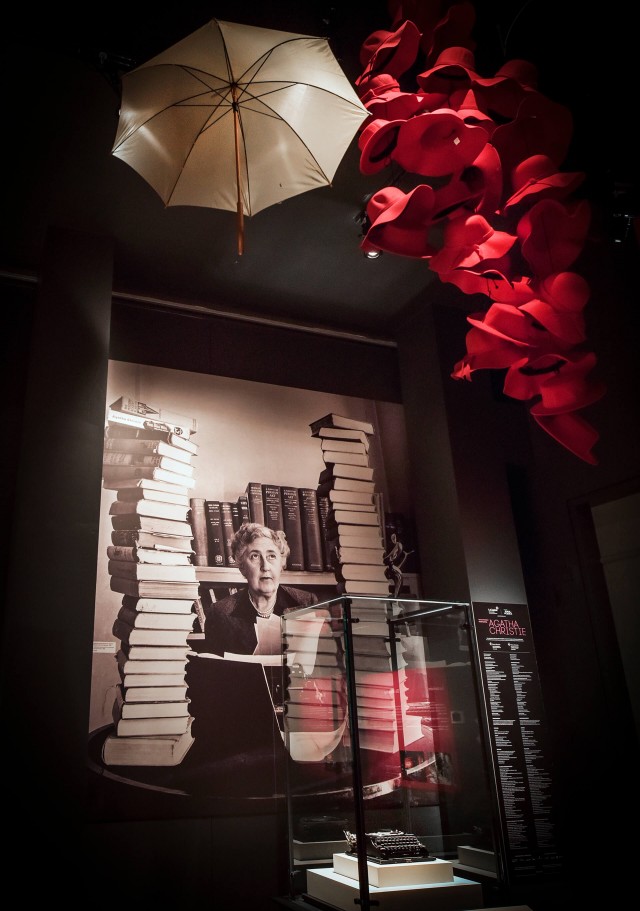
Archaeologist vs. detective
Agatha drew heavily on archaeology and history as inspiration for many of her famous novels, including Murder in Mesopotamia, They Came to Baghdad, Appointment with Death and Death Comes as the End. She also described daily life on dig sites in a memoir playfully entitled Come, Tell Me How You Live.
In fact, she said that an archaeologist and a detective have much in common: both must come to understand an event (recent or in the distant past) using their observation skills and clues that are brought to light, piecing them together and relying on a bit of luck, too! Investigating Agatha Christie is an intriguing journey to a time when many of the treasures of mankind’s heritage were discovered and an encounter with a passionate woman, a brilliant individual who invented a new literary genre, the historical whodunit.
During the presentation of Investigating Agatha Christie, from December 8, 2015 to April 17, 2016, 108 521 people visited the Museum.
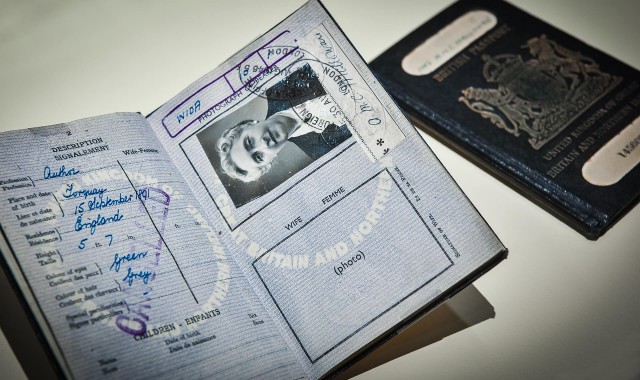
Investigating Agatha Christie is an exhibition produced by Pointe-à-Callière, the Montréal Archaeology and History Complex. It is being co-presented by La Capitale Financial Group and Four O'clock teas, and received invaluable assistance from The Christie Archive Trust and the British Museum, along with support from the Department of Canadian Heritage under the Canada Travelling Exhibitions Indemnification Program. The Museum wishes to thank its sponsors: Air Canada Cargo, STM, InterContinental Montréal, Voyages Traditours, Tourisme Montréal, SDV and La Presse.



